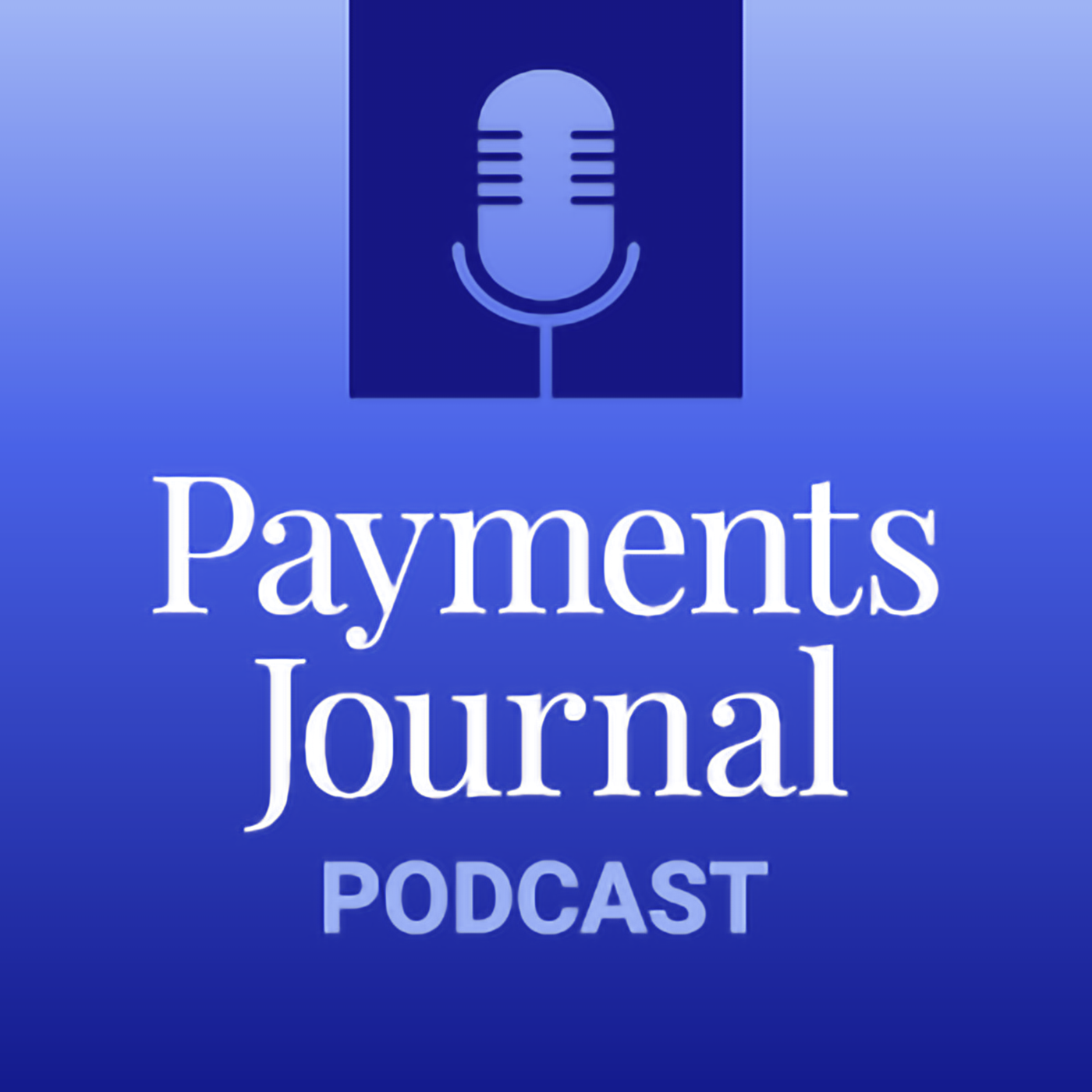Nacha’s Upcoming Rules Take a New Approach to Fighting Fraud
Description
Facing a continuing rise in fraud and fraud attempts against financial institutions, Nacha has announced new rules to help organizations mitigate these risks. These new rules will take time to implement, so institutions should begin preparing now rather than waiting until the rules go into effect.
In a recent PaymentsJournal podcast, Brian Holbrook, Director of Product Strategy and Integrated Solutions at LSEG Risk Intelligence, spoke with Elisa Tavilla, Director of Debit at Javelin Strategy & Research, about how to prepare for the changes and ultimately reduce the success rates of fraudulent activities. They explained how the new rules provide institutions an opportunity to rethink their entire approach to the ever-evolving nature of fraud.
The New Nacha Rules
In 2023 alone, 80% of organizations fell victim to payment fraud, a 15% increase from the previous year. ACH payment methods have, in some circles, become the most targeted in business email compromise fraud situations.
The proposed Nacha amendments provide new tools for combatting this issue. These changes are staggered to take effect between October 2024 until June 2026. For many organizations, the effort will require significant planning, budgeting and operational changes. Noncompliance with the rules can lead to monetary fines, increased scrutiny from regulators, reputational damage, and in severe cases, legal and regulatory actions. Another important aspect of the new rules is the encouragement of a more collaborative approach towards mitigating ACH fraud. In particular, they enlist both sending and receiving financial institutions into combating unauthorized transactions as well as authorized push payment transactions, such as credit push fraud.
While Nacha specifically addresses ACH credit push transactions, other payment rails also use credit push, including wire transfers, peer-to-peer payments, and real-time payments like RTP and FedNow. By preparing for the new rules and risks associated with credit push for ACH, organizations can also better prepare for other payment methods.
How It Works
In traditional fraud monitoring, most of the focus was on debit pull transactions. The new rules would empower the receiving financial institution to play a key role in monitoring ACH fraud risk as well. A receiving depository or financial institution may decide to return funds to the originating depository financial institution if it determines that the transaction is suspicious.
“When you look at the responsibilities of both a sending and receiving organization, the operational adjustments are going to take time,” said Holbrook. “You have to take into account the entire customer lifecycle. Receiving financial institutions are now going to have more time to review transactions and potentially return those funds to the originator.”
Early preparation is key to success. a href="https://www.lseg.com/en/insights/risk-intelligence/nachas-new-rules-are-you-ready?utm_campaign=3002816_Payments%20Journal%202024&elqCampaignId=23882&utm_source=Other&utm_medium=Partner-3rd%20Party&utm_content=PaymentsJournal...
More Episodes
As fraudsters become more innovative in their schemes, Nacha is rolling out new rules to address emerging fraud risks, particularly scams involving business email compromise, vendor impersonation, and the increasing use of money mules.
These key changes, centered around the ACH rules,...
Published 11/20/24
Published 11/20/24
The holiday season is here, bringing with it a host of celebrations. From office parties to family gatherings, shoppers are navigating an evolving landscape of gift-giving traditions. In our latest podcast episode, we dive into how consumer trends, new technologies, and the timeless appeal of...
Published 11/19/24


